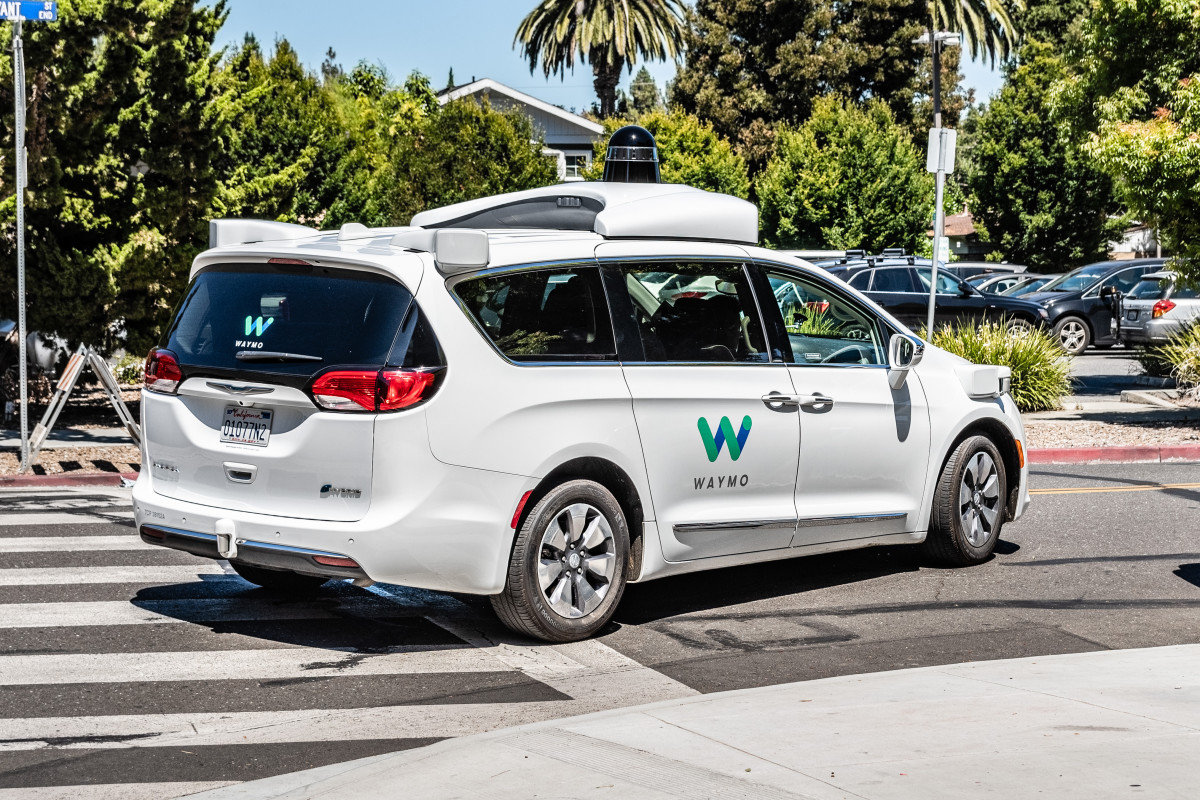Technology
Waymo Expands Driverless Service to Freeways in Major Cities

Alphabet-owned Waymo has significantly expanded its driverless ride-hailing service to include freeways across the Bay Area, Los Angeles, and Phoenix. This development allows riders to book fully autonomous trips using the Waymo app on major highways, extending the service from San Francisco to San Jose, with curbside pickup at San Jose Mineta International Airport (SJC).
Previously, Waymo tested its technology on freeways, logging millions of miles with company employees and select guests in these three cities. This expansion underscores Waymo’s capacity to tackle high-speed safety challenges, which have raised concerns in the past. As part of its growth strategy, Waymo plans to incorporate Hyundai vehicles into its fleet of robotaxis.
Addressing Safety Concerns
In October, the National Highway Traffic Safety Administration (NHTSA) initiated an investigation into 2,000 Waymo vehicles following an incident in Atlanta. Footage showed one of their vehicles navigating around a school bus with flashing red lights. In response, Waymo implemented updates to enhance the performance of its fleet.
During a recent interview with TechCrunch, Waymo Co-CEO Tekedra Mawakana highlighted that the company has completed over 100 million Rider Only (RO) miles of autonomous driving. A study conducted by Waymo indicated that its autonomous vehicles are five times safer than human drivers. This announcement of freeway operations follows a series of updates, including third-party safety audits and the ability of Waymo vehicles to navigate various challenging weather conditions such as rain, fog, and freezing temperatures.
Competitive Landscape and Future Plans
Waymo faces competition in the rapidly evolving realm of autonomous driving. While it holds distinct advantages, other tech giants like Amazon and Tesla are also advancing their autonomous initiatives. Amazon’s Zoox is expanding its testing cities for its custom-built robotaxi, while Tesla plans to launch its cybercab by 2026. Meanwhile, General Motors has shifted its focus from its autonomous line, Cruise, to self-driving features for personal vehicles.
Internationally, Waymo competes with Baidu’s Apollo Go, which offers lower production costs and similar testing capabilities. Additionally, PonyAI, a Chinese autonomous vehicle technology firm, is moving toward a fare-charging commercial model. Companies like Uber and Lyft are adapting their existing fleets to integrate with these autonomous services.
Waymo’s next phase emphasizes geographic scaling, with several new cities on the horizon. Mawakana indicated plans to expand into Miami in early 2026 due to favorable regulatory conditions. In Washington, D.C., the company is working to remove the requirement for human supervisory drivers to operate a rider-only service. Recently, Waymo achieved a significant milestone by becoming the first autonomous company to receive a permit to test eight autonomous vehicles in Manhattan and Downtown Brooklyn, with the permit extended through December 2025.
Currently, Waymo operates in Phoenix, San Francisco, Los Angeles, Austin (via Uber), and Atlanta (via Uber). Planned expansions include Miami, Washington, D.C., Nashville, Denver, Dallas, Seattle, and London. Mawakana expressed ambitions for Waymo to increase its weekly ride count from hundreds of thousands to 1 million by the end of 2026.
The evolving economics of the robotaxi industry further underscore Waymo’s momentum. According to Research & Markets, the U.S. robotaxi market is projected to grow from $1.2 billion in 2024 to $2 billion in 2025, driven by sustainability and the rapid adoption of autonomous technology. The market is expected to reach $16.24 billion by 2029, reflecting a compound annual growth rate (CAGR) of 68.9%.
Goldman Sachs presents an even more optimistic forecast, predicting a 90% annual growth rate in autonomous rideshare revenue. The firm estimates that autonomous vehicles will generate $7 billion in annual revenue, capturing approximately 8% of the U.S. rideshare market by 2030, up from less than 1% currently. With over 1,500 operational vehicles across five U.S. cities, this number could surge to 35,000 by the end of the decade.
Waymo’s recent advancements and future plans indicate a determined trajectory toward redefining urban mobility through autonomous technology.
-

 Technology5 months ago
Technology5 months agoDiscover the Top 10 Calorie Counting Apps of 2025
-

 Health3 months ago
Health3 months agoBella Hadid Shares Health Update After Treatment for Lyme Disease
-

 Technology1 week ago
Technology1 week agoOpenAI to Implement Age Verification for ChatGPT by December 2025
-

 Health3 months ago
Health3 months agoErin Bates Shares Recovery Update Following Sepsis Complications
-

 Technology4 months ago
Technology4 months agoDiscover How to Reverse Image Search Using ChatGPT Effortlessly
-

 Technology3 months ago
Technology3 months agoElectric Moto Influencer Surronster Arrested in Tijuana
-

 Technology1 month ago
Technology1 month agoDiscover 2025’s Top GPUs for Exceptional 4K Gaming Performance
-

 Technology5 months ago
Technology5 months agoMeta Initiates $60B AI Data Center Expansion, Starting in Ohio
-

 Health3 months ago
Health3 months agoAnalysts Project Stronger Growth for Apple’s iPhone 17 Lineup
-

 Technology5 months ago
Technology5 months agoRecovering a Suspended TikTok Account: A Step-by-Step Guide
-

 Health5 months ago
Health5 months agoTested: Rab Firewall Mountain Jacket Survives Harsh Conditions
-

 Lifestyle5 months ago
Lifestyle5 months agoBelton Family Reunites After Daughter Survives Hill Country Floods





















